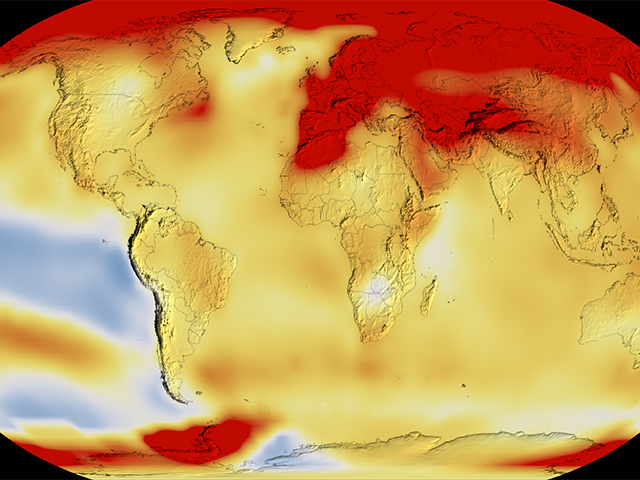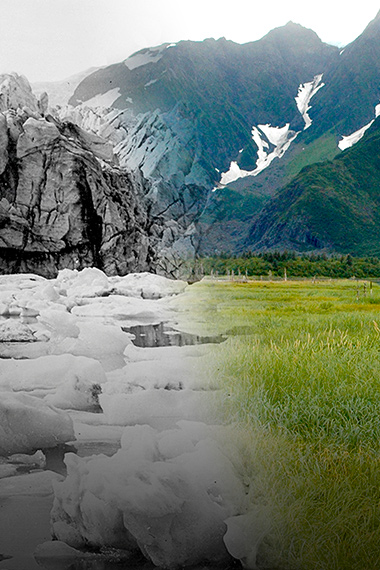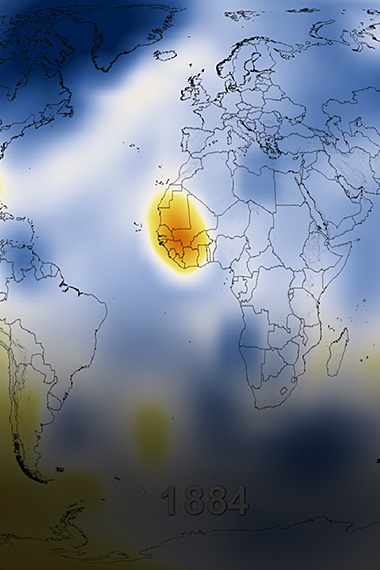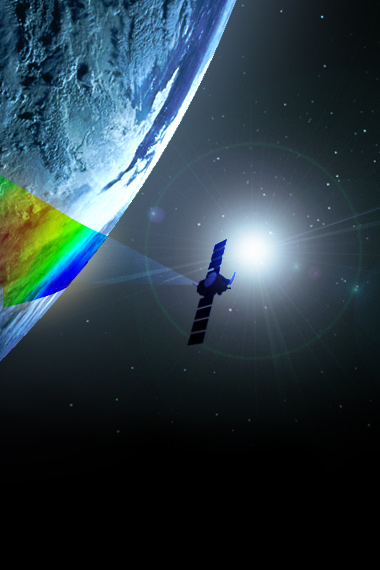MULTIMEDIA
Video: Methane Emissions in the United States
Dec. 14, 2022
Methane is the second most important greenhouse gas contributing to climate change. While emissions are substantially lower than for carbon dioxide, the biggest driver of climate change, methane is more efficient at trapping heat on a molecule by molecule basis. As a result, understanding the sources of methane and how they can be reduced, quickly, is a major effort of policymakers and environmental managers around the world.
This visualization presents methane emissions across the United States for the year 2012. It is designed to be consistent with the EPA’s 2016 Inventory of U.S. Greenhouse Gas Emissions and Sinks for the year 2012, which presents national totals for different source types. Estimates are produced using a wide range of databases at the state, county, local, and point source level.
Agriculture emissions in this visualization include manure management, enteric fermentation (the digestive process in animals such as cattle), rice cultivation, and field burning. Waste emissions include landfills, wastewater treatment, and composting. Natural Gas emissions include emissions from production, processing, and transmission. Coal emissions include both active and abandoned coal mines.
Learn more and download the video here: https://svs.gsfc.nasa.gov/cgi-bin/details.cgi?aid=5041.



.jpg?disposition=inline)

















.jpg?disposition=inline)








